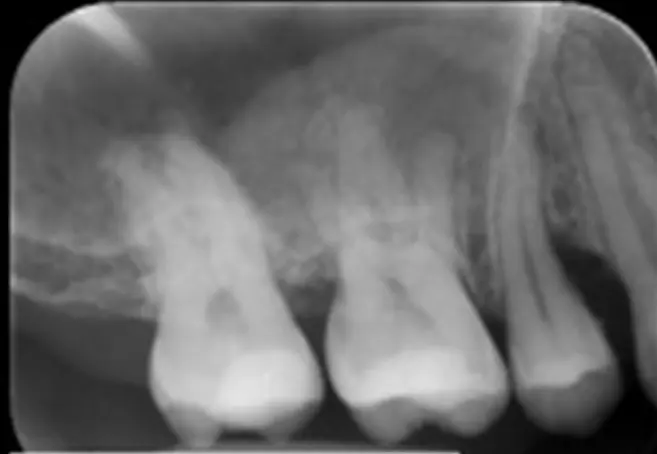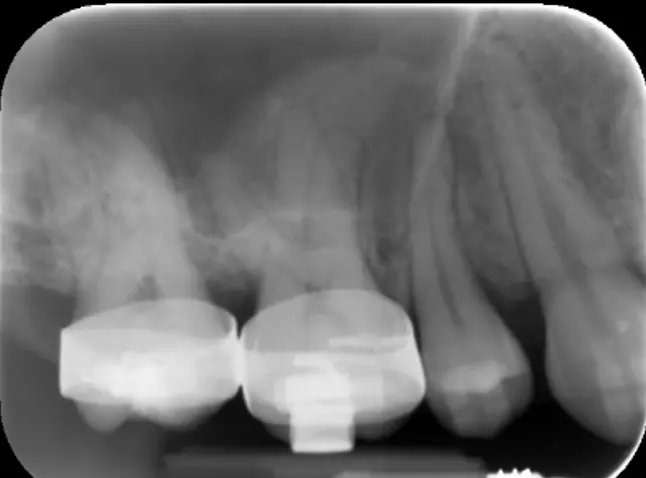Guided Tissue Regeneration (GTR) is a dental surgical procedure aimed at regenerating or promoting the growth of specific types of tissues in the oral cavity, particularly periodontal (gum) and bone tissues. This procedure is commonly used in the treatment of periodontal disease and other dental conditions where tissue regeneration is required.
The primary goal of GTR is to stimulate the regeneration of healthy gum tissue and, if applicable, bone tissue, promoting the healing of periodontal damage.
GTR aims to reduce the depth of gum pockets, creating a healthier periodontal environment and preventing the progression of periodontal disease.
If bone loss has occurred, GTR, in conjunction with bone grafting, seeks to restore bone support for teeth, ensuring stability and preventing tooth loss.
GTR contributes to preserving the natural structure of teeth by promoting the regeneration of supporting tissues, preventing further damage or tooth mobility.



We will be as gentle as possible. The periodontal exam can be completed with little or no discomfort.
We will need current periodontal x-rays in order to see disease not otherwise visible. If your referring dentist has taken x-rays, you may request that they be forwarded to us.
Since all patients are different, your periodontist must complete your examination before establishing your treatment planning and the fee for care. The fee for periodontal treatment can vary considerably depending on the type of problems and the complexity and length of treatment. An approximate fee can usually be determined at the initial visit; but on occasion, some initial treatment or further diagnostics must be completed before the final treatment planning can be established. Our philosophy of practice is to treat as conservatively as possible to attain treatment goals.
Dental insurance policies often cover periodontal treatment. Please bring all medical and dental benefit information and cards to your examination appointment.
Not everyone needs periodontal surgery. If treated early, gum disease can be controlled without surgery. We will make recommendations based on your individual situation. Our philosophy of practice is to treat as conservatively as possible to attain treatment goals.
The recent advances in periodontal treatment allow us to successfully treat most teeth.
Our office and your dentist will work closely together. If crowns and fillings are needed your dentist will provide them. Regular visits to your dentist are an important part of periodontal maintenance.
Periodontal disease is a progressive, painless infection. Delay can cause you further bone loss and more expense. If your teeth are lost, dentures are never as effective as your own natural teeth.
After tooth extraction, if the walls of the socket are very thick, they will usually fill naturally with bone in two to three months. However, when the walls of your socket are very thin (such as in your upper and lower front teeth), this type of healing will not be as predictable. In these situations, a bone graft is often placed at the time of tooth extraction to help your body fill in the empty socket with bone. This step will maintain the width and volume of bone you will need for implant placement several months later.
Friday
08:00 AM – 13:00 PM
15:00 PM – 19:00 PM
Saturday – Sunday
Closed
Developed by AllX Media